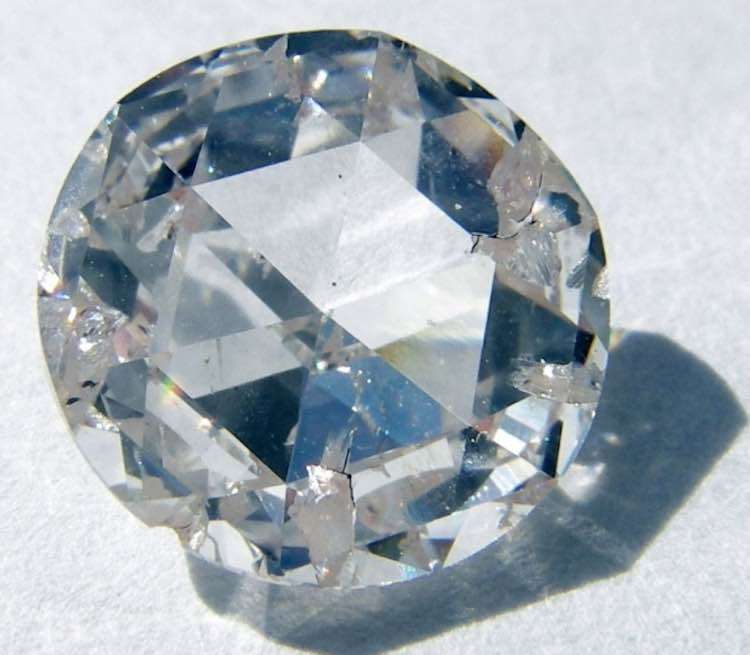How You and Your Friends May Soon Be Able to Play Video Games Together Using Only Your Minds
Researchers successfully developed a system that could soon allow us to play video games with our friends using a form of telepathy.

Researchers have successfully teleported quantum information securely within the confines of a diamond – and the study has big implications for quantum information technology, the future of how sensitive information is shared and stored.
The researchers from the Yokohama National University published their results earlier this week in Communications Physics.
According to the American Physical Society's physics page, quantum information is spy-proof. When an eavesdropper attempts to intercept a message encoded in a quantum state, the message is altered by the eavesdropper's measurement. Quantum bits, or "Qubits", also cannot be copied – any attempt to do so instead creates an entangled state.
"Quantum teleportation permits the transfer of quantum information into an otherwise inaccessible space," said Hideo Kosaka, a professor of engineering at Yokohama National University and an author on the study. "It also permits the transfer of information into a quantum memory without revealing or destroying the stored quantum information."
The "inaccessible space", in this case, consisted of carbon atoms in diamond. Made of linked, yet individually contained, carbon atoms, a diamond holds the perfect ingredients for quantum teleportation.
A carbon atom holds six protons and six neutrons in its nucleus, surrounded by six spinning electrons. As the atoms bond into a diamond, they form a notoriously strong lattice. Diamonds can have complex defects, though, when a nitrogen atom exists in one of two adjacent vacancies where carbon atoms should be. This defect is called a nitrogen-vacancy center.
Surrounded by carbon atoms, the nucleus structure of the nitrogen atom creates what Kosaka calls a nanomagnet.
To manipulate an electron and a carbon isotope in the vacancy, Kosaka and the team attached a wire about a quarter the width of a human hair to the surface of a diamond. They applied a microwave and a radio wave to the wire to build an oscillating magnetic field around the diamond. They shaped the microwave to create the optimal, controlled conditions for the transfer of quantum information within the diamond.
Kosaka then used the nitrogen nanomagnet to anchor an electron. Using the microwave and radio waves, Kosaka forced the electron spin to entangle with a carbon nuclear spin – the angular momentum of the electron and the nucleus of a carbon atom. The electron spin breaks down under a magnetic field created by the nanomagnet, allowing it to become susceptible to entanglement. Once the two pieces are entangled, meaning their physical characteristics are so intertwined they cannot be described individually, a photon which holds quantum information is applied and the electron absorbs the photon. The absorption allows the polarization state of the photon to be transferred into the carbon, which is mediated by the entangled electron, demonstrating a teleportation of information at the quantum level.
"The success of the photon storage in the other node establishes the entanglement between two adjacent nodes," Kosaka said. Called quantum repeaters, the process can take individual chunks of information from node to node, across the quantum field.
"Our ultimate goal is to realize scalable quantum repeaters for long-haul quantum communications and distributed quantum computers for large-scale quantum computation and metrology," Kosaka added.
The National Science Foundation says that quantum effects have already been used to create unbeatable codes. Previous studies have also shown that the defects in a diamond's atomic structure could be used to store vast amounts of data similarly to how CDs and DVDs store information on their discs.
Since one of a diamond's atomic defects measuring just billionths of a meter wide could be used to store data, researchers say that diamonds could very well be the future of computer storage – and now with the research from Yokohama National University, they could be the future of cyber security as well.
Be Sure And Share The Fascinating News With Your Friends On Social Media – File photo by Jurvetson, CC
Be the first to comment